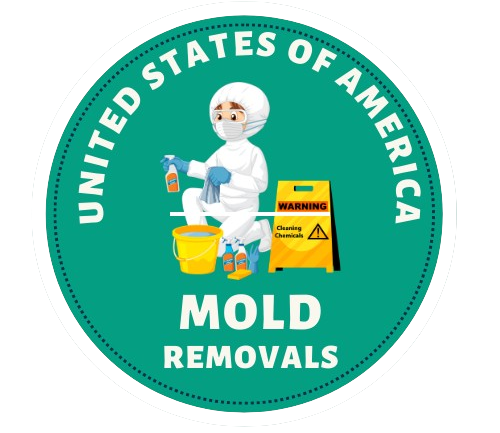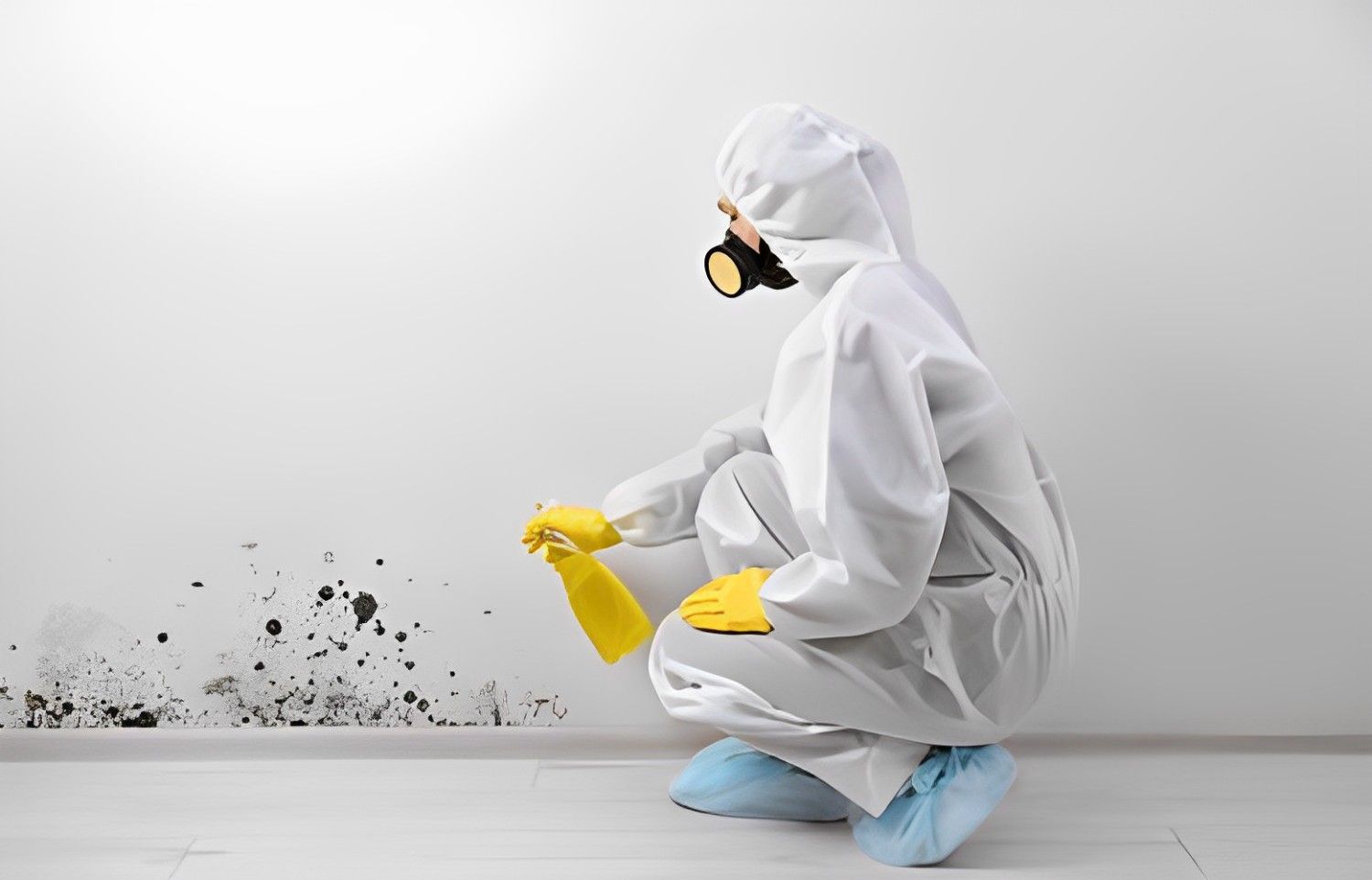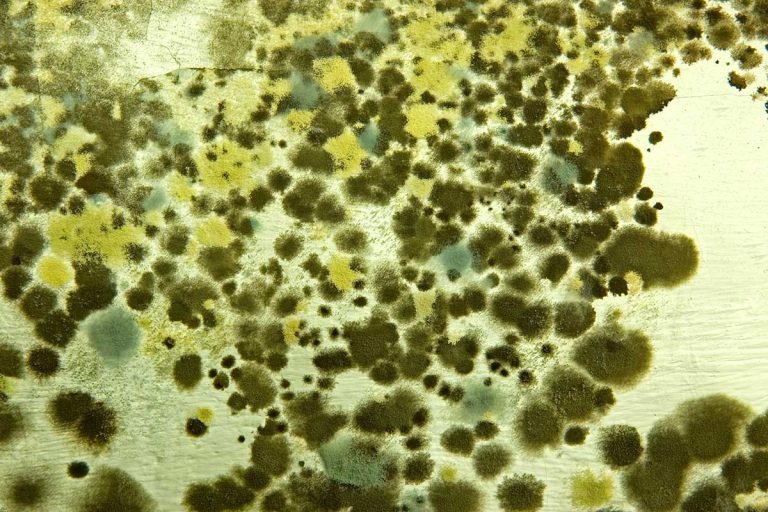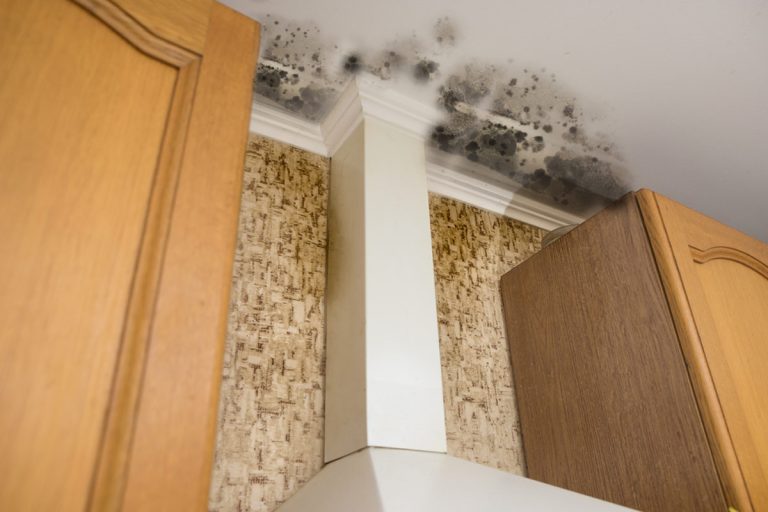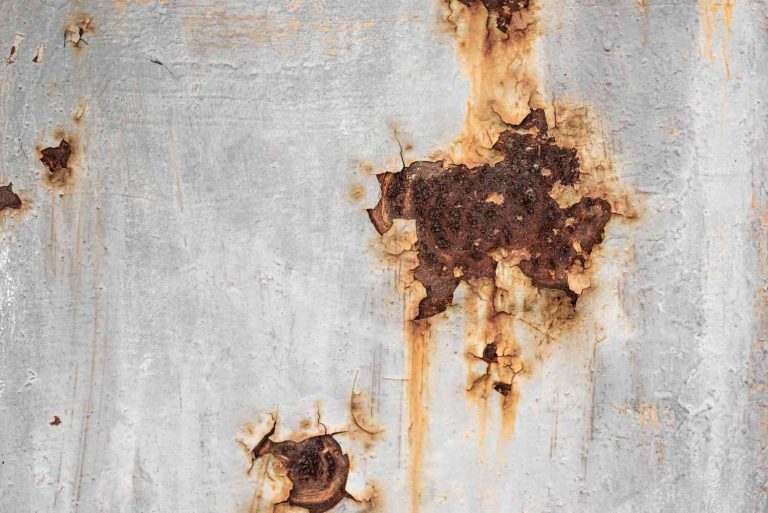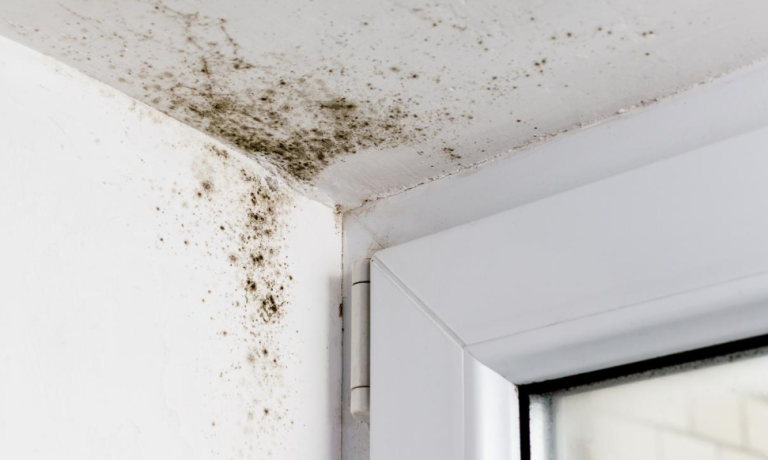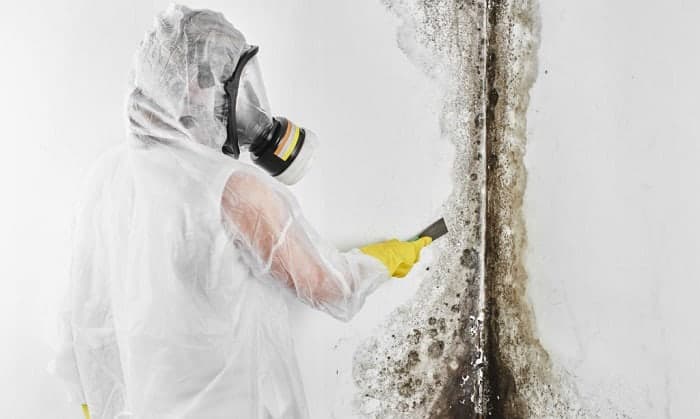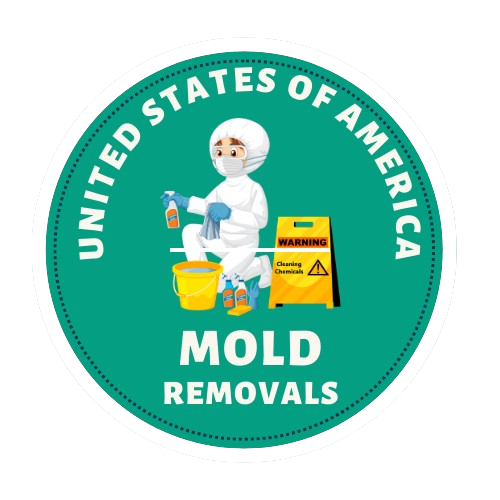When we talk about keeping our homes safe and healthy, one hidden troublemaker often goes unnoticed until it’s too late: mold. It is not a simple annoyance; mold can be dangerous and problematic if it hides from sight deep in the structure of a building.
This is why professional mold inspection is so important. This assists us in identifying mold problems early enough and keeps the surrounding environments spiritually, as well as physically, healthy. Mold professionals employ their knowledge and experience to look for evident and latent mold that could be growing actively.
At USA Mold Removals, we are well-known for coming up with the best mold inspection and mold remediation services. All our mold inspectors are certified and they are capable of inspecting small apartments as well as commercial buildings. Deciding on us as your choice to handle your property means your health as well as your investment is well protected.
Why Should You Consider Professional Mold Inspection?
- Discover Hidden Mold: A certified mold inspector can find mold hidden in walls, floors, and ceilings, areas you might miss during a regular check.
- Identify the Mold Type: Not all molds are created equal. Professionals can determine the type of mold present, which is crucial for effective treatment.
- Health Protection: Mold can cause respiratory illness and allergic reactions. A professional inspection ensures that any potential health risks are identified early.
- Avoid Costly Repairs: Catching mold early with a professional eye can save you from expensive home repairs down the line.
- Peace of Mind: Knowing your home is mold-free or that any mold issues are professionally handled can comfort you.
Reasons to Hire Professional Mold Inspection
Here are the steps that a professional mold inspection involves:
Initial Consultation and Assessment
Before the inspection starts, the professional mold inspector will talk with the property manager or homeowner. They’ll discuss any specific concerns, like musty odors or visible mold growth. This step helps prioritize areas of concern and plan the inspection according to the property’s unique needs and square footage.
Visual Inspection for Signs of Mold
The inspector begins with a thorough visual inspection of the property. They look for visible signs of mold, water stains, and water intrusion, which are common indicators of potential problems. They also check less visible areas where mold loves to hide, ensuring nothing is overlooked.
Moisture Mapping with Moisture Meters
Inspectors measure the moisture levels in various materials using specialized tools like moisture meters. Excess moisture is a prime breeding ground for mold, so these readings are critical for identifying risk areas, such as wet building materials and damp surfaces.
Air Quality Sampling
To assess Indoor Air Quality, inspectors may collect air samples to test for mold spores and concentrations. These tests help determine the air’s safety and whether mold is spreading unseen, potentially affecting health without visible signs.
Surface Sampling
In addition to air samples, surface sampling may be conducted to gather direct evidence of mold growth. This involves taking swabs or tape lifts from surfaces to identify the type and concentration of mold present, providing clear data on the infestation’s extent.
Use of Advanced Diagnostic Tools
Advanced tools, including infrared cameras, are utilized to detect signs of moisture and mold behind walls and under floors without the need for invasive techniques. This technology helps pinpoint the moisture sources contributing to mold issues without disrupting the property structure.
Detailed Analysis of Mold Types
Once samples are collected, they are analyzed in a lab to identify the specific types of mold present, including potentially toxic varieties like Stachybotrys Chartarum (black mold). Understanding the type of mold helps determine the appropriate remediation techniques.
Comprehensive Reporting and Recommendations
After the inspection, the mold inspector provides a detailed report that outlines the findings, including the presence and types of mold, levels of infestation, and sources of moisture. They also offer expert recommendations for remediation and preventing future mold issues, ensuring the property adheres to industry standards for safety and health.
What Are the Signs That You Might Need a Mold Inspection?
Did you know that a musty odor in your home could be a sign of hidden mold? If you notice a persistent mold odor or see water stains and damp surfaces, it might be time to call a professional. Here are other signs to watch out for:
- Unexplained allergic reactions or respiratory issues at home
- Recent water damage or visible signs of moisture like condensation
- You’re purchasing a new home and want to ensure it’s mold-free
- It’s been a while since the last mold inspection
- You’re spotting small patches of mold that could indicate a larger issue
Differences between DIY (Do-It-Yourself) mold inspections and professional mold inspections:
| Aspect | DIY Mold Inspection | Professional Mold Inspection |
| Expertise | Limited to general knowledge and online research. | Conducted by certified mold inspectors with extensive training and expertise in mold identification and remediation. |
| Tools and Equipment | Basic tools like flashlights and possibly store-bought mold testing kits. | Uses professional-grade equipment such as moisture meters, infrared cameras, and advanced mold testing kits that provide more accurate and comprehensive results. |
| Accuracy of Diagnosis | May miss hidden mold or misidentify the type of mold due to lack of expertise. | High accuracy in identifying all types of mold, including toxic mold, and determining the extent of mold issues through precise testing and evaluation. |
| Health Risk Assessment | Likely lacks the ability to assess the potential health risks associated with different mold types. | Includes a thorough assessment of potential health risks posed by identified molds, especially important for toxic and allergenic mold varieties. |
| Cost | Generally, there are lower initial costs, but there is potential for higher long-term costs due to ineffective removal. | Higher initial cost, but more cost-effective in the long run due to accurate diagnosis and effective treatment plans that prevent recurrence, saving money on future repairs and health issues. |
| Time | Can be time-consuming and may require multiple attempts to address the mold issue effectively. | Efficient in terms of time spent on inspection and analysis due to the use of advanced techniques and equipment that quickly identify mold sources and infestation levels. |
| Outcome | Potential for incomplete removal and recurrence of mold, leading to ongoing issues. | A comprehensive approach ensures all mold is effectively identified and treated, with recommendations for preventing future growth, leading to more durable solutions. |
| Follow-Up | DIY efforts usually lack follow-up unless the homeowner takes further action. | Professional services often include follow-up visits to ensure mold has been effectively remediated and to assess the need for additional measures. |
Wrap It Up!
Professional mold inspections are not just about identifying mold; they’re about ensuring that your home remains a safe haven. From spotting fast-spreading mold to advising on preventing future growth, these professionals are essential. At USA Mold Removals, we understand the critical nature of this service and strive to provide the best solutions for your needs.
Remember, taking action at the first sign of mold can save you money and safeguard your health. Don’t wait—ensure your home is safe and sound today!
